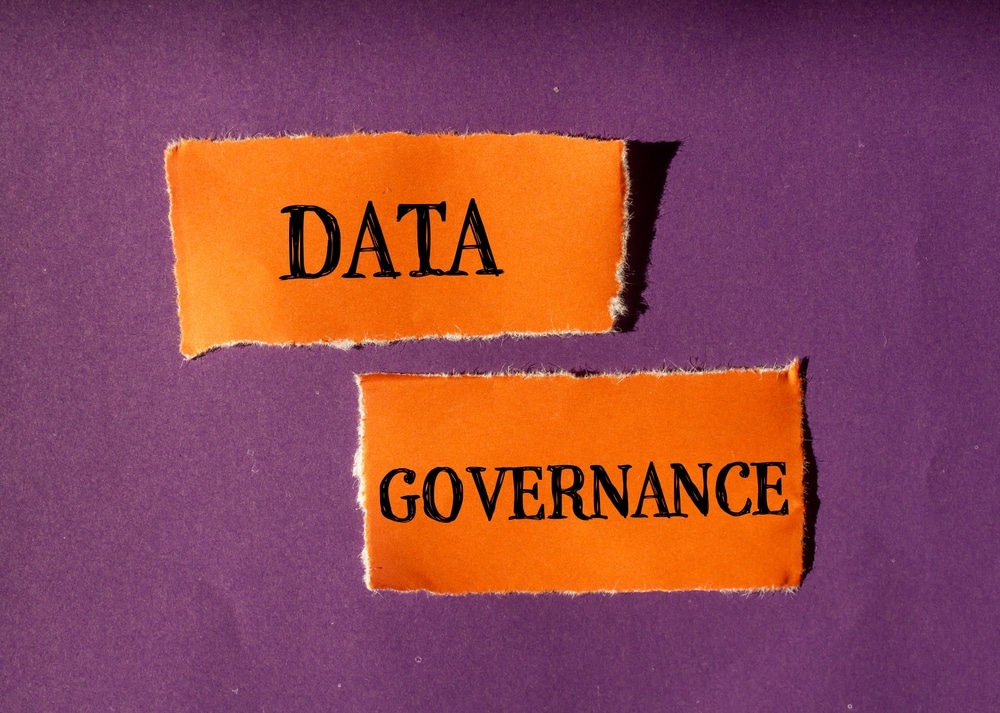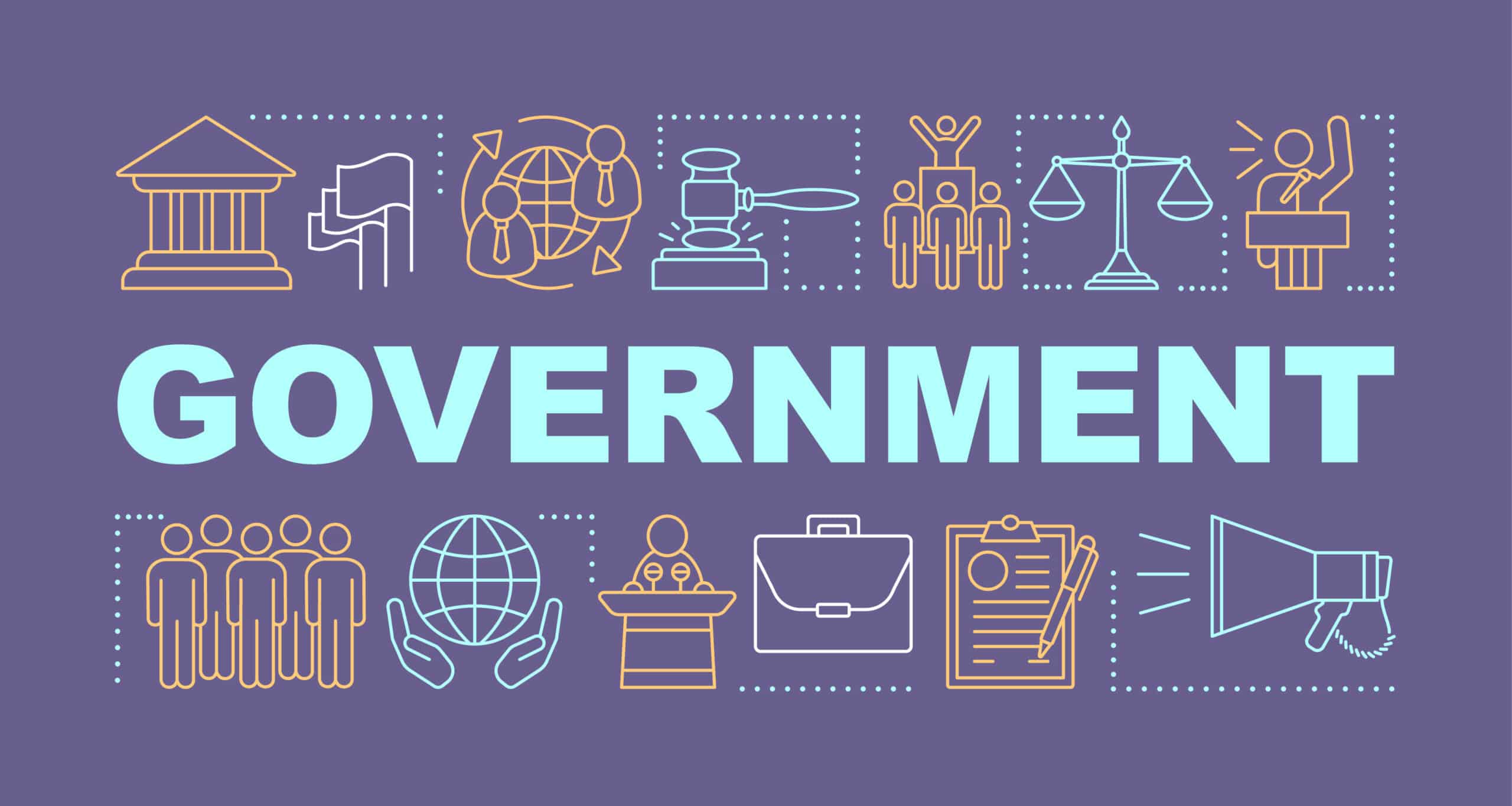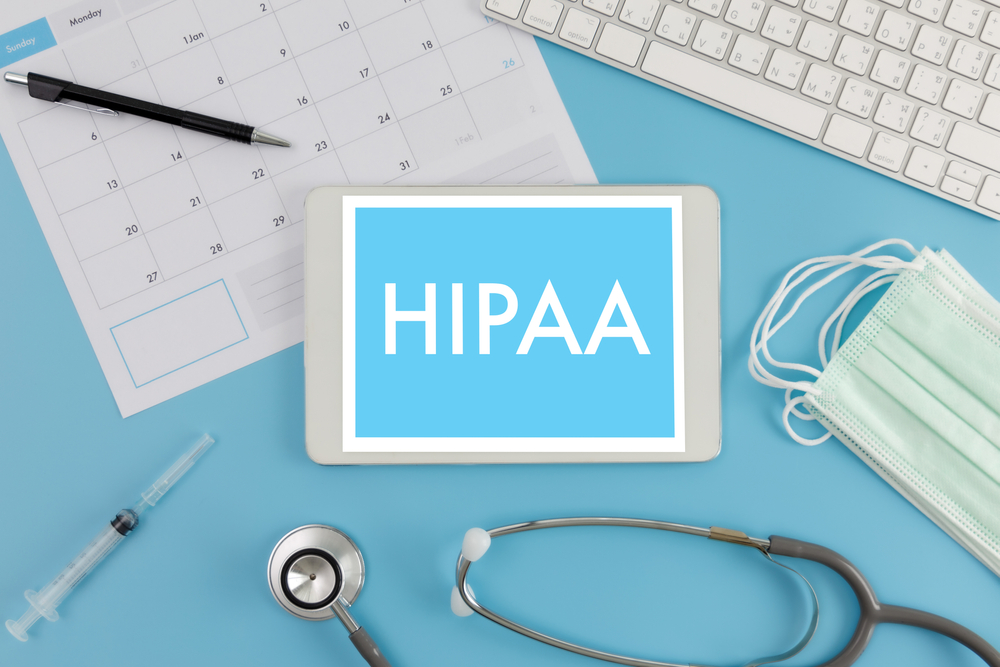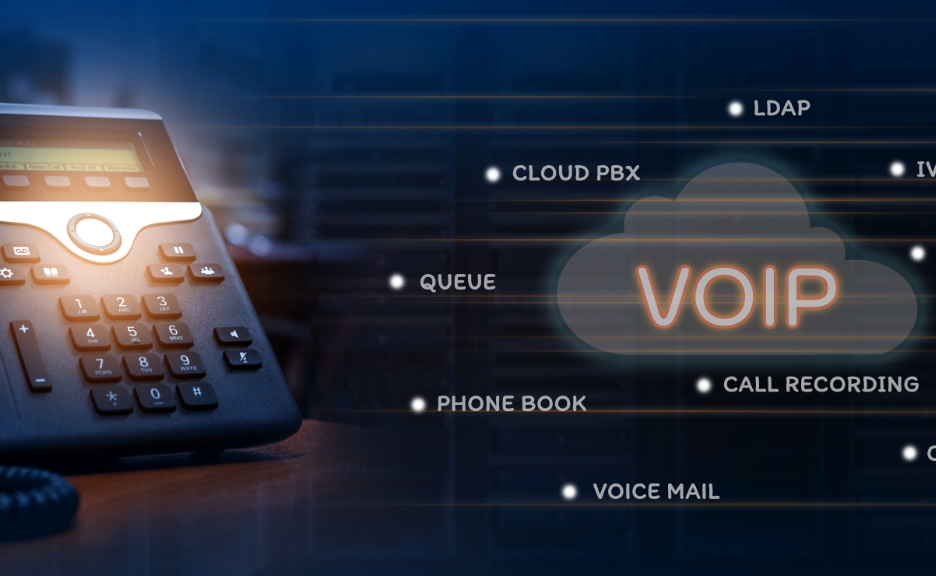
“Data governance” feels like a buzzword. You can imagine a boardroom full of executives nodding sagely while PowerPoint slides flash by, filled with abstract concepts and compliance checkboxes.
But strip away the jargon, and data governance is fundamentally about real people. Patients whose medical histories, genetic information, and most vulnerable moments are captured in databases and electronic health records. Cancer patients, diabetics, children with orphan diseases — they rely on healthcare organizations to treat their data with respect and govern it effectively.
Data governance matters, and it’s imperative that healthcare organizations follow best practices to keep this critical information safe. In this article, you’ll learn the core components of data governance in healthcare, key best practices for implementation, and the tools that can help your organization protect patient data while improving operational efficiency.
What is Data Governance in Healthcare?
We’ll start with the American Health Information Management Association (AHIMA) definition of data governance:
The overall administration, through clearly defined procedures and plans, assures the availability, integrity, security, and usability of the structured and unstructured data available to an organization.
Let’s break that down into simpler ideas.
- “Overall administration”: Someone’s in charge. Data governance means establishing clear ownership and accountability for healthcare data. It’s not a free-for-all where everyone handles patient information however they want.
- “Through clearly defined procedures and plans”: There’s a framework. Healthcare organizations need written policies that spell out exactly how data should be handled, from the moment a patient’s temperature is recorded to when old records are safely destroyed.
- “Availability”: The right people can access data when needed. When a primary doctor needs to see a patient’s lab results a day later, those results should be there. When care teams must share information across departments, the data flows smoothly.
- “Integrity”: The data is accurate and trustworthy. A patient’s blood type, recorded as O-positive, stays O-positive throughout every system. Medication dosages don’t mysteriously change between the pharmacy and the nursing station.
- “Security”: Protected from unauthorized access. Patient data stays confidential, encrypted, and safe from breaches. Only authorized personnel can view sensitive health information.
- “Usability”: The data works for its intended purpose. It’s formatted consistently, easy to understand, and ready for clinical decisions, billing, or quality reporting.
- “Structured and unstructured data”: Neat database entries (structured) like lab values and messy documents (unstructured) like handwritten notes, faxes, and PDFs.
Data governance is about treating patient information as a valuable asset, ensuring it’s accurate, secure, accessible when needed, and useful for patient care.
Why Data Governance is Critical for Healthcare Organizations
Healthcare data is among the most heavily regulated information in the United States, with three core acts regulating healthcare information:
- HIPAA compliance: The Health Insurance Portability and Accountability Act mandates strict privacy and security standards for protected health information (PHI).
- 21st Century Cures Act & interoperability rules: The Office of the National Coordinator (ONC) now requires healthcare organizations to enable seamless data sharing through standardized APIs like FHIR. Information blocking—practices that unjustly hinder data exchange—is prohibited and punishable.
- HITECH Act requirements: The HITECH Act reinforces HIPAA’s security provisions and mandates breach notification procedures. Governance frameworks help demonstrate due diligence and audit readiness when incidents occur.
Alongside those, governmental agencies, such as the FTC, can regulate healthcare organizations. Fines by these agencies for mishandling data are high:
- $18.4 million for Mass General Brigham (January 2022): This massive settlement arose from using online tracking tools without user consent.
- $1.5 million against BetterHelp (February 2023): The FTC fined the mental health platform for inappropriately sharing identifiable user data with advertisers.
- $7 million fine for Cerebral (April 2024): The telehealth provider faced FTC action for security and privacy violations between 2019 and 2023, including sharing sensitive health information of over 3 million users with platforms like TikTok and Meta.
- 13.4 million Kaiser Permanente members affected (April 2024): A data breach involving tracking tools that may have shared patient information with advertisers
Data governance shouldn’t be seen as merely a compliance burden to avoid penalties. When implemented effectively, data governance delivers substantial benefits beyond regulatory checkboxes.
- Enhanced patient safety and care quality. Strong data governance ensures critical patient information — medications, allergies, medical history — remains accurate and consistent across all departments and providers. This prevents dangerous medication errors and enables seamless care coordination as patients move between specialists, emergency departments, and primary care. Clinical outcomes improve dramatically when every provider sees the same complete, up-to-date patient record.
- Operational efficiency and cost savings. Governance frees staff from time-consuming administrative tasks by eliminating duplicate patient records and automating data validation. Nurses spend less time hunting for lab results across siloed systems and more time with patients. Organizations see immediate returns through reduced duplicate testing, faster documentation, and streamlined workflows that cut operational costs.
- Improved decision-making. Reliable, well-governed data transforms both clinical and business decisions. Healthcare executives trust their dashboards and reports, while clinicians make treatment decisions based on complete patient information. Quality metrics accurately reflect performance, and population health initiatives succeed because they’re built on comprehensive data that reveals actual health patterns and risks.
- Risk mitigation and compliance assurance. With potential fines in the millions, governance provides essential protection. Clear audit trails, defined access controls, and consistent data handling procedures prevent violations before they occur. Organizations can quickly demonstrate compliance during audits, avoiding penalties and protecting their reputation.
- Competitive advantage. Patients increasingly value privacy and data security when choosing healthcare providers. Organizations with mature data governance stand out in the market, building trust through responsible data stewardship.
- Foundation for innovation. AI, machine learning, and predictive analytics require clean, standardized data to deliver results. Organizations with strong governance are ready to deploy these innovations immediately, from AI-powered diagnostics to predictive models identifying at-risk patients.
By establishing clear policies, accountability, and processes for managing healthcare data, organizations avoid penalties and unlock their data’s full potential for improving patient outcomes and operational excellence.
Best Practices for Implementing Data Governance in Healthcare
Building an effective data governance program requires systematic organizational planning and commitment. Here are the essential practices healthcare organizations should adopt:
1. Establish Clear Governance Structure and Leadership
Form a multidisciplinary data governance committee with representatives from IT, clinical operations, finance, compliance, and health information management. Appoint executive sponsors, such as a Chief Data Officer or Chief Medical Information Officer, to champion the program. Define specific roles: data stewards who enforce standards within their departments, technical leads who manage infrastructure, and compliance officers who ensure regulatory alignment.
2. Develop Comprehensive Data Policies
Document clear procedures for every stage of the data lifecycle:
- Data standards: Create a single source of truth for terminology and definitions (what constitutes a “readmission” or how demographics are recorded).
- Quality metrics: Establish standards for accuracy, completeness, timeliness, and consistency.
- Access controls: Define role-based permissions determining who can view, modify, or share specific data types.
- Retention rules: Specify how long different records are kept based on regulatory requirements.
- Security protocols: Outline encryption standards, audit requirements, and incident response procedures.
3. Start Strategically and Plan for Scalability
Rather than attempting to govern all data simultaneously, prioritize critical areas first. Focus on patient demographics, medication lists, and allergies — data that flows across multiple systems and directly impacts patient safety. Target information driving key metrics like readmission rates or quality scores. Quick wins in these areas build momentum and demonstrate value to stakeholders.
4. Break Down Data Silos
Map existing data silos across departments and systems. Implement integration solutions through APIs, health information exchanges, or enterprise data warehouses to securely connect disparate databases. Standardize data formats and terminologies across the organization. Modern interoperability platforms can help unite traditionally siloed channels like faxes, direct messaging, and EHR systems into unified workflows.
5. Leverage Automation and AI
Compliance can demand significant manual effort and resources, but modern technology makes it manageable by automating routine tasks and monitoring data quality continuously. Healthcare organizations can maintain high governance standards without overburdening staff by using the right tools.
- Use natural language processing to extract structured data from unstructured documents.
- Implement automated data quality monitoring to flag inconsistencies in real time.
- Set up rule-based systems to enforce retention policies and access controls.
- Apply machine learning to identify and merge duplicate patient records.
- Automate audit trail generation for compliance reporting.
6. Implement Continuous Monitoring
Define key performance indicators to track governance effectiveness:
- Percentage reduction in duplicate patient records
- Time-to-access for critical clinical data
- Number of data quality issues identified and resolved
- Compliance audit scores
- User satisfaction with data availability and accuracy
Review these metrics monthly with leadership and quarterly with the board. Use findings to refine policies and address emerging challenges.
7. Invest in Training and Culture
Every employee who touches data is a data steward. Develop role-based training programs covering:
- Basic data governance principles
- Department-specific data handling procedures
- Privacy and security requirements
- Quality control responsibilities
Foster a culture where data accuracy is everyone’s responsibility, not just IT’s domain.
8. Review and Adapt
Healthcare technology and regulations evolve rapidly. Schedule annual reviews of governance policies and procedures. Stay informed about new requirements like state privacy laws or updates to federal regulations. Adapt frameworks to address new data sources such as wearables, telehealth platforms, or AI-generated insights.
By following these best practices, healthcare organizations can build data governance programs that protect patient privacy, ensure regulatory compliance, and unlock the full value of their data.
The Tools and Technology for Effective Data Governance
Strong data governance requires more than just policies and procedures. It demands the right technology partners. Modern healthcare organizations need solutions that integrate existing workflows while ensuring compliance and security.
Solutions like eFax Corporate® provide HIPAA-compliant document transmission with advanced security features, centralized administration, and EHR integration capabilities. The Consensus Cloud Solutions suite, which includes tools like Clarity Clinical Documentation™, is an AI-powered platform that transforms unstructured medical documents. Clarity creates structured, actionable data, automates the extraction and routing of critical patient information from faxes, PDFs, and other unstructured sources.
By combining robust governance frameworks with the right tools, organizations can automate compliance, break down data silos, and free staff to focus on what matters most: patient care.
Ready to strengthen your healthcare data governance? Learn how eFax can help you build a secure, compliant, and interoperable foundation for your organization’s data management needs.










